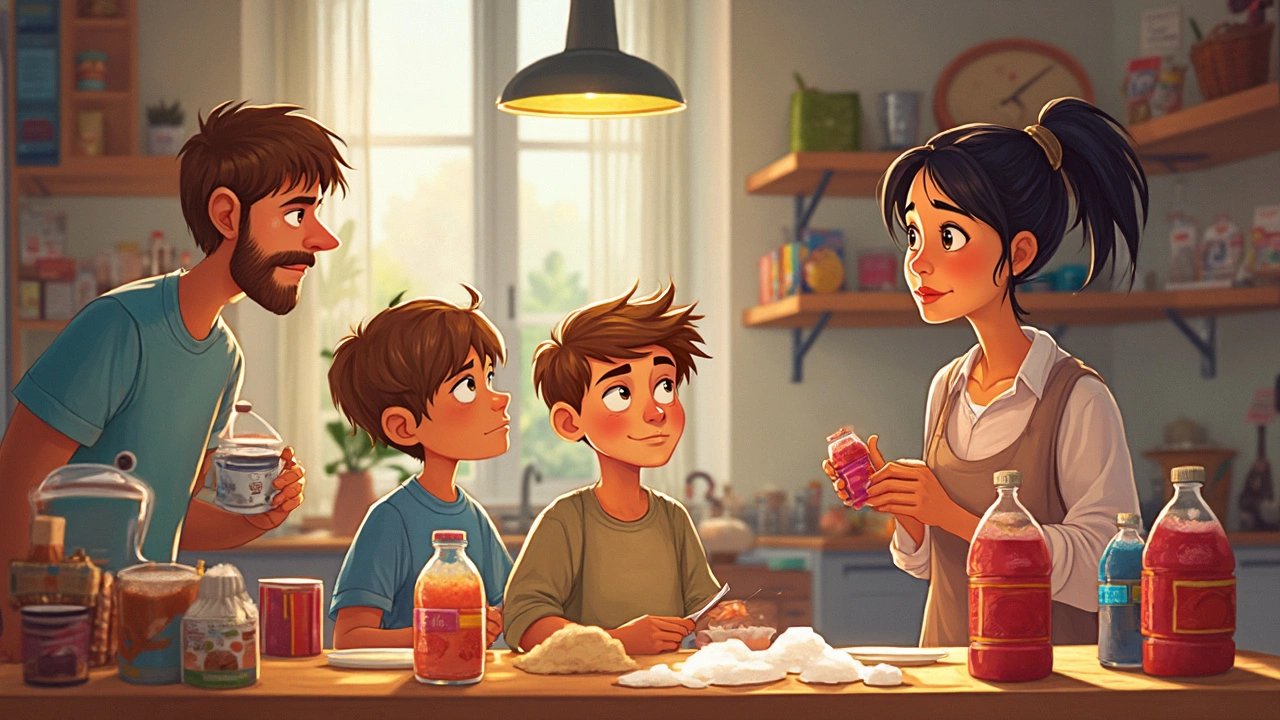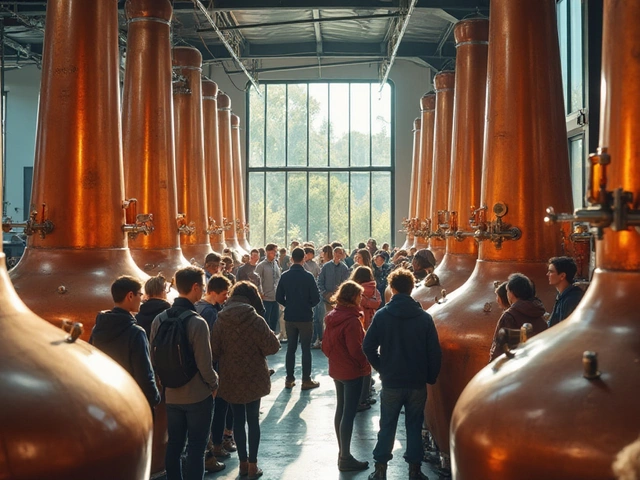Health Risks of Alcohol and Everyday Drinks – Stay Informed
Whether you’re reaching for a glass of wine, a fresh mocktail, or that ten‑year‑old tea you found in the pantry, knowing the risks can keep the fun from turning sour. Below are the most common health hazards and simple steps to avoid them.
Common Risks When You Drink Alcohol
Alcohol affects your body fast. One or two glasses may feel harmless, but the virus of impairment starts at the brain. Your reaction time drops, judgment clouds, and the chance of a crash spikes. That’s why driving after a tasting, even a short one, can be deadly. The law draws a line at 0.08% BAC, but you can be over the limit after just a single glass if you’re light‑bodied or haven’t eaten.
Beyond the immediate danger, regular drinking raises long‑term health flags. Liver disease, high blood pressure, and certain cancers climb with each extra drink per week. Even “social” drinking can add up. A practical rule: keep weekly alcohol under 14 units (about seven standard drinks) and have at least two alcohol‑free days.
Food can help, but not all foods do the job. A solid meal before tasting—think protein, healthy fats, and complex carbs—slows alcohol absorption. Those empty‑stomach sips you see on Instagram are the quickest route to higher BAC.
When Non‑Alcoholic Looks Safer: Hidden Risks
Mocktails and low‑calorie drinks feel guilt‑free, yet they carry their own pitfalls. Sugar‑laden mixers can spike blood sugar, leading to energy crashes and weight gain. Some bottled mocktails contain hidden alcohol traces, enough to affect sensitive drivers.
Old tea or improperly stored beverages bring microbial risks. A decade‑old tea bag may harbor mold or mycotoxins that irritate the gut. If you’re unsure about storage, it’s safer to brew fresh.
Even “healthy” mocktails with exotic herbs can interact with medications. For example, large doses of ginseng or yarrow may thin blood, amplifying bleeding risks if you’re on anticoagulants.
To keep non‑alcoholic choices safe, read labels, limit added sugars, and stick to fresh ingredients. Hydration is key—water between drinks dilutes alcohol and helps kidneys flush out toxins.
Bottom line: enjoy drinks responsibly, whether they contain alcohol or not. Know your limits, pair drinks with food, stay hydrated, and double‑check the shelf life of everything you pour. A little awareness turns a casual sip into a smart, safe habit.
Sugary drinks might seem harmless, but they quietly pack a punch when it comes to health risks. The article breaks down the worst offenders among non-alcoholic drinks, digging into what makes them so unhealthy. You'll learn what these drinks do to your body and how they impact both kids and adults. Real-world examples and facts help you spot trouble on store shelves. Practical tips make it easier to dodge these sugar bombs and choose better options.
View Details

